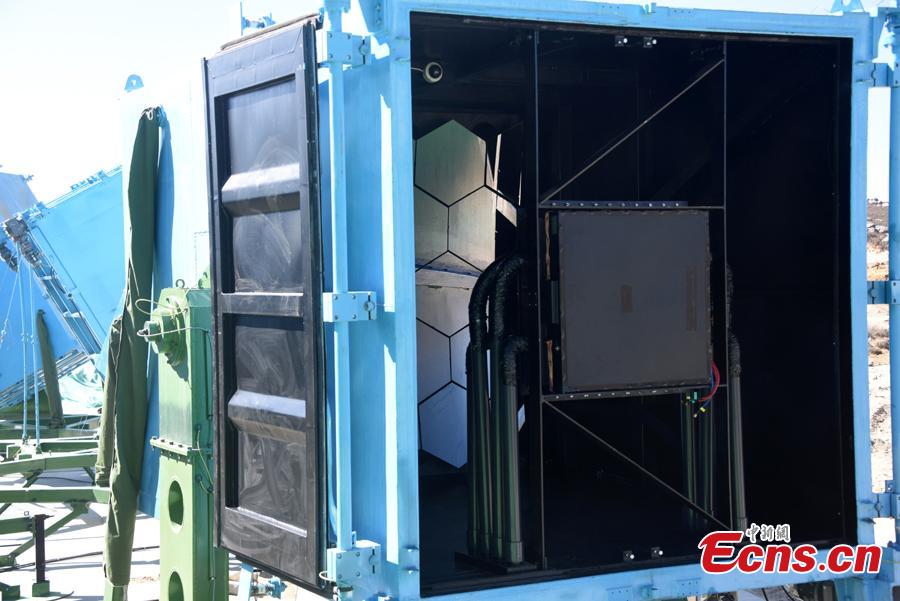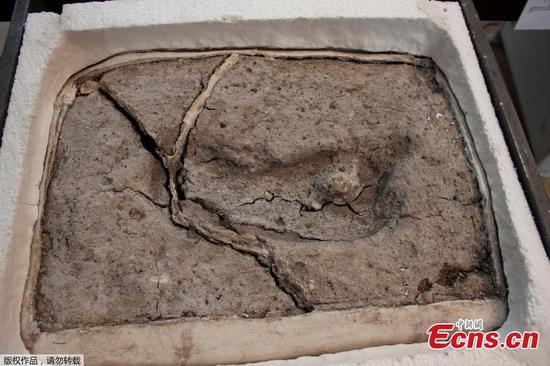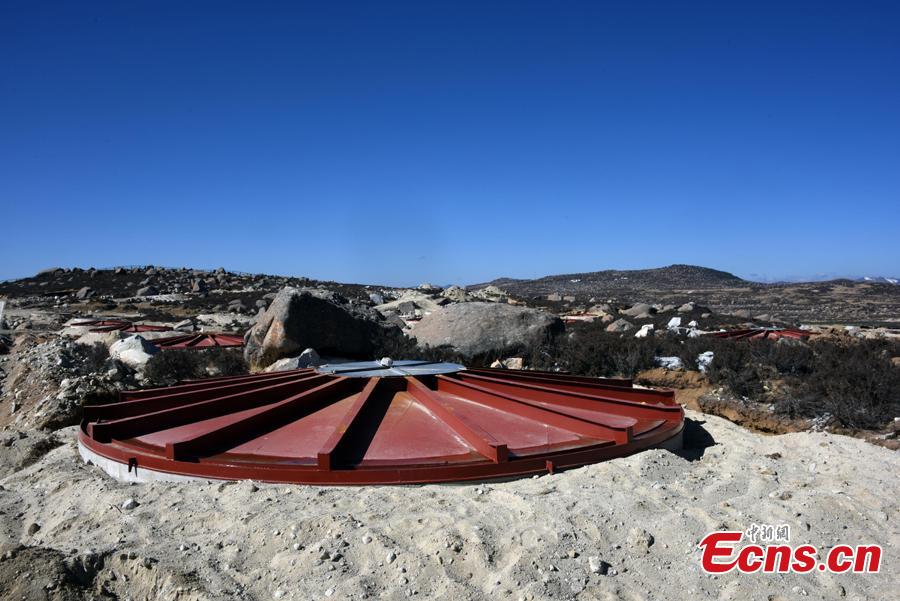
A view of the Large High Altitude Air Shower Observatory (LHAASO) on Haizi Mountain in Daocheng County, Sichuan Province, April 27, 2019. The giant observatory will consist of more than 6,300 detectors, an array of 12 Cherenkov telescopes and three water ponds containing 3,000 detecting units. LHAASO, designed to detect high-energy gamma rays with the utmost sensitivity and accuracy, launched its first set of detectors on Friday, complementing global efforts to decode the origin of cosmic rays. (Photo: China News Service/Sun Zifa)
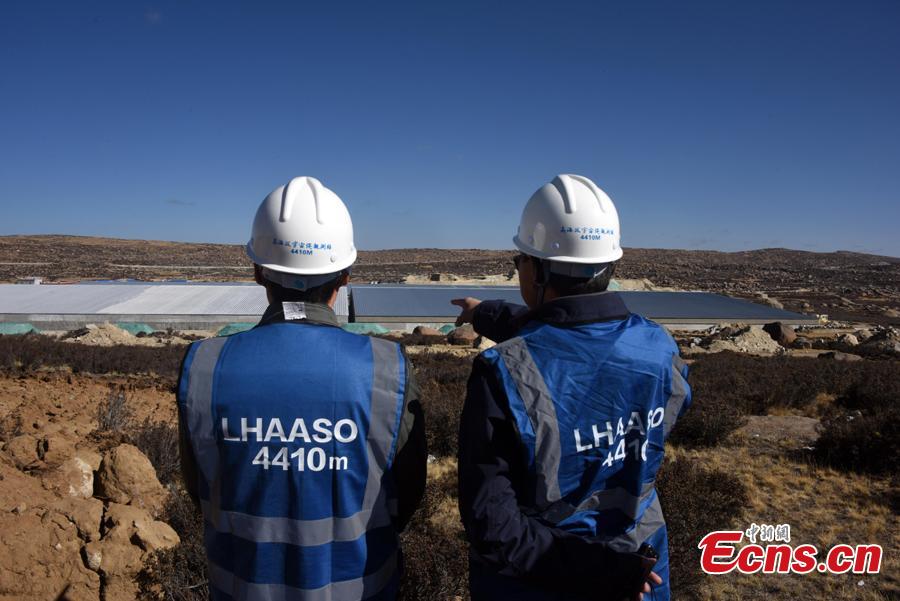
A view of the Large High Altitude Air Shower Observatory (LHAASO) on Haizi Mountain in Daocheng County, Sichuan Province, April 27, 2019. The giant observatory will consist of more than 6,300 detectors, an array of 12 Cherenkov telescopes and three water ponds containing 3,000 detecting units. LHAASO, designed to detect high-energy gamma rays with the utmost sensitivity and accuracy, launched its first set of detectors on Friday, complementing global efforts to decode the origin of cosmic rays. (Photo: China News Service/Sun Zifa)
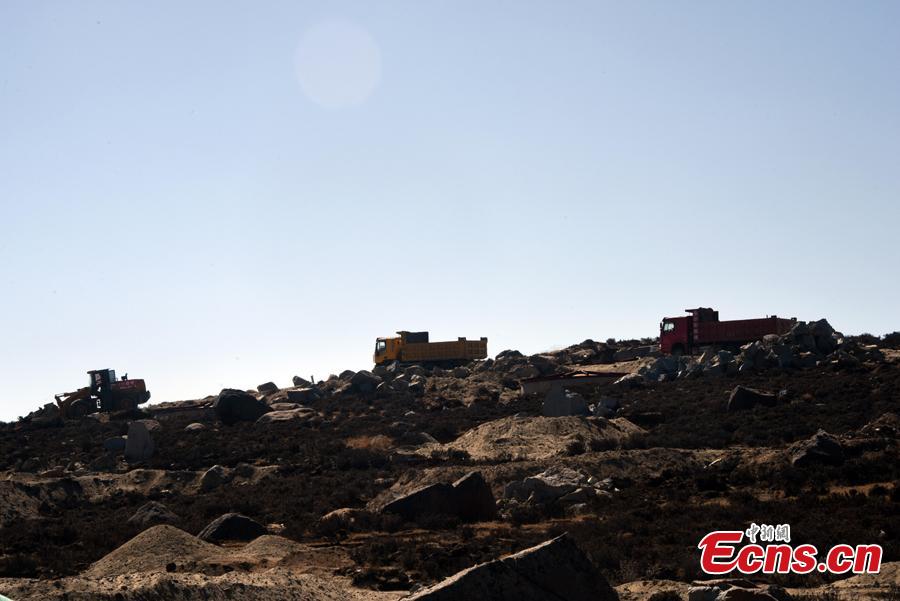
A view of the Large High Altitude Air Shower Observatory (LHAASO) on Haizi Mountain in Daocheng County, Sichuan Province, April 27, 2019. The giant observatory will consist of more than 6,300 detectors, an array of 12 Cherenkov telescopes and three water ponds containing 3,000 detecting units. LHAASO, designed to detect high-energy gamma rays with the utmost sensitivity and accuracy, launched its first set of detectors on Friday, complementing global efforts to decode the origin of cosmic rays. (Photo: China News Service/Sun Zifa)
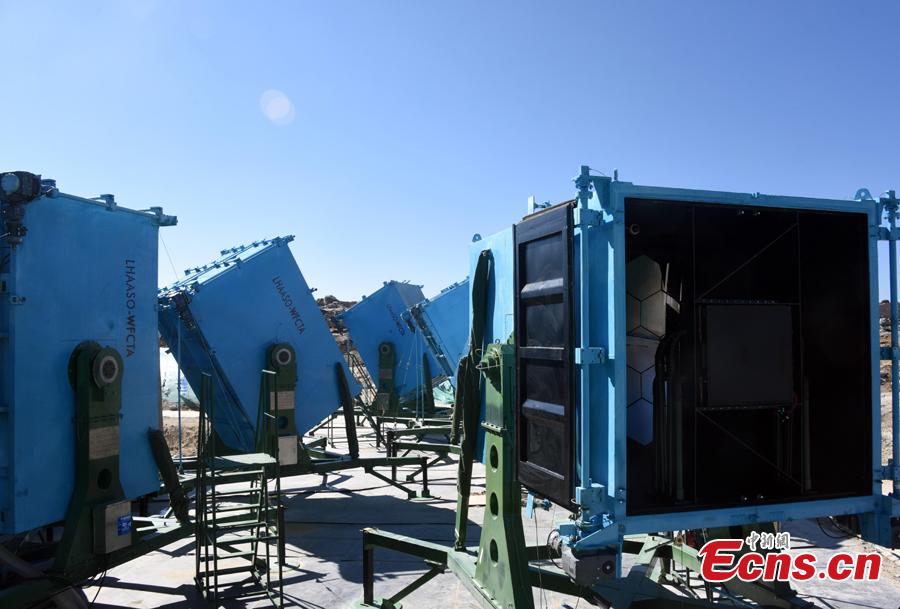
A view of the Large High Altitude Air Shower Observatory (LHAASO) on Haizi Mountain in Daocheng County, Sichuan Province, April 27, 2019. The giant observatory will consist of more than 6,300 detectors, an array of 12 Cherenkov telescopes and three water ponds containing 3,000 detecting units. LHAASO, designed to detect high-energy gamma rays with the utmost sensitivity and accuracy, launched its first set of detectors on Friday, complementing global efforts to decode the origin of cosmic rays. (Photo: China News Service/Sun Zifa)








